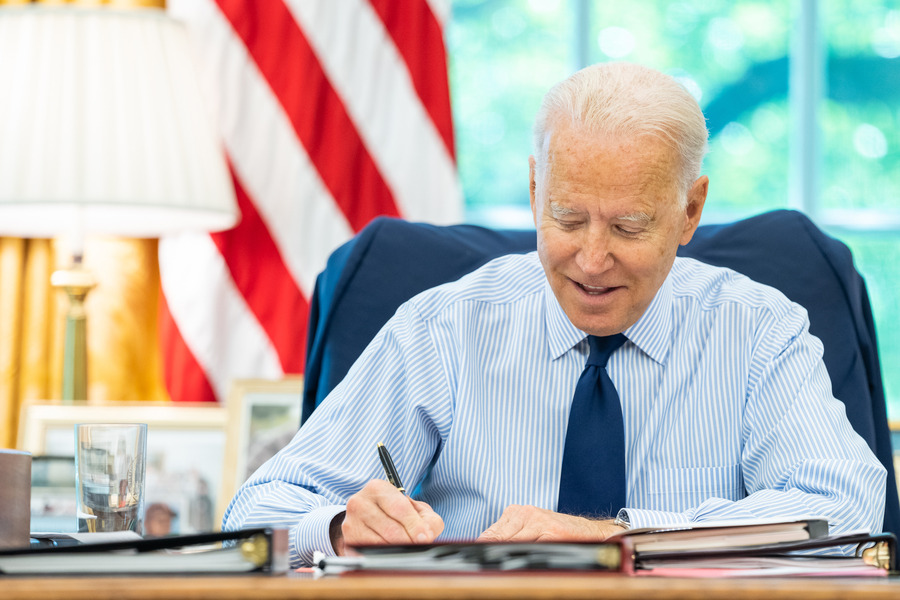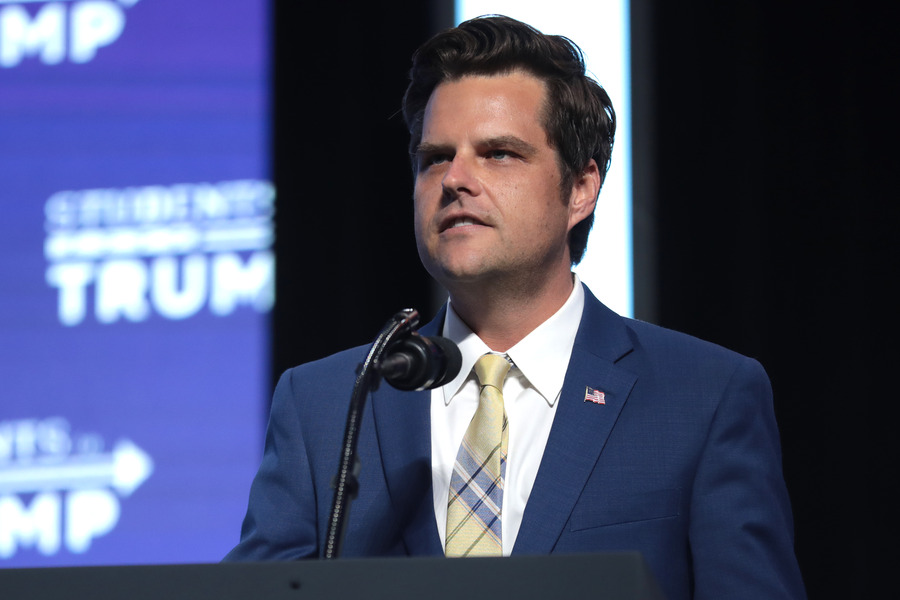The Successes and Failures of the President's Disaster Response
On our Foreign Policy feed, we describe the high points and shortcomings of the White House's response to Hurricanes Harvey and Irma. The piece begins:
Published by The Lawfare Institute
in Cooperation With

On our Foreign Policy feed, we describe the high points and shortcomings of the White House's response to Hurricanes Harvey and Irma. The piece begins:
With waters now receding in Houston and Florida, President Donald Trump is emerging from the first domestic crisis of this presidency that is not primarily of his own making. There will be months and years of recovery ahead, but as the acute emergency passes, it’s a good moment to take stock: How does his performance stack up?
In an apparent contradiction, our answer is that Trump both simultaneously failed miserably and also did rather well. A presidency is a complicated mixture of the personality of a single person and a large set of interlocking bureaucracies. The part of the Trump presidency that is represented by those bureaucracies has so far performed admirably, the part represented by Trump’s own personality far less so. Let’s consider separately the distinct metrics of presidential personality and staffing.
Start with the bad news: Trump personally did a crummy job. In the midst of a national emergency that is certain to bring tragic consequences, the president is expected to perform familiar, almost ceremonial roles. He is supposed to project an image of competence and strength. He tells the impacted regions that the nation stands with them, both symbolically and through pledged federal support. This exercise is apolitical, with presidents and governors of both parties rising above partisanship. (President Barack Obama and New Jersey Gov. Chris Christie famously embraced in the difficult days following Superstorm Sandy — though the image would come to haunt Christie later.) The president is expected to comfort the country. There are countless examples of past presidents, in the requisite casual button-down with sleeves rolled up, comforting the afflicted. Yes, these are often derided as cynical photo opportunities, but the sight of a president helping victims reassures and reminds us that the occupant of our highest office is capable of basic human compassion.






